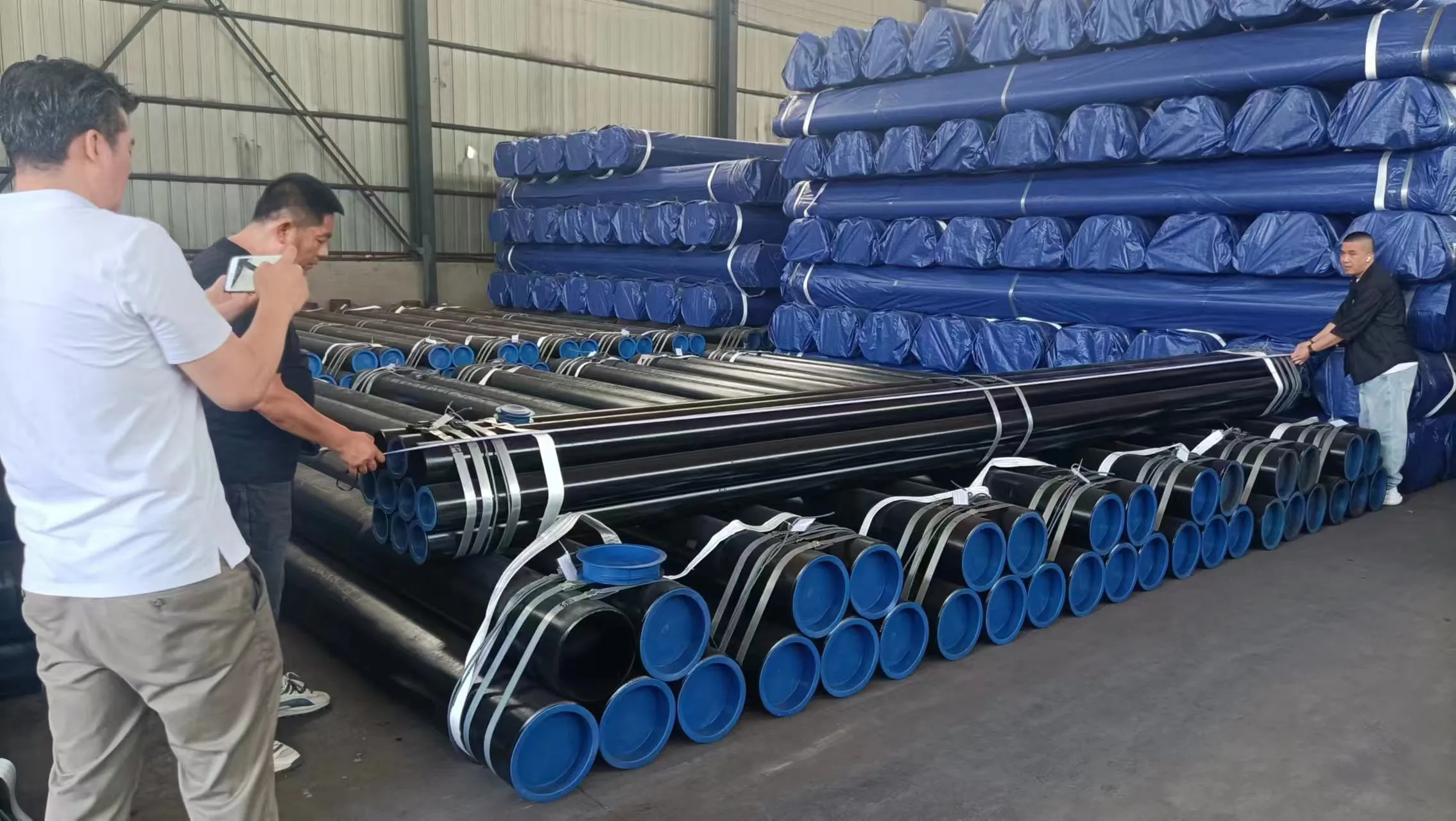-
Cangzhou Yulong Steel Co., Ltd.
-
Phone:
+86 13303177267 -
Email:
admin@ylsteelfittings.com
- English
- Arabic
- Italian
- Spanish
- Portuguese
- German
- kazakh
- Persian
- Greek
- French
- Russian
- Polish
- Thai
- Indonesian
- Vietnamese
- Zulu
- Korean
- Uzbek
- Hindi
- Serbian
- Malay
- Ukrainian
- Gujarati
- Haitian Creole
- hausa
- hawaiian
- Hebrew
- Miao
- Hungarian
- Icelandic
- igbo
- irish
- Japanese
- Javanese
- Kannada
- Khmer
- Rwandese
- Afrikaans
- Albanian
- Amharic
- Armenian
- Azerbaijani
- Basque
- Belarusian
- Bengali
- Bosnian
- Bulgarian
- Catalan
- Cebuano
- China
- China (Taiwan)
- Corsican
- Croatian
- Czech
- Danish
- Esperanto
- Estonian
- Finnish
- Frisian
- Galician
- Georgian
- Kurdish
- Kyrgyz
- Lao
- Latin
- Latvian
- Lithuanian
- Luxembourgish
- Macedonian
- Malgashi
- Malayalam
- Maltese
- Maori
- Marathi
- Mongolian
- Myanmar
- Nepali
- Norwegian
- Norwegian
- Occitan
- Pashto
- Dutch
- Punjabi
- Romanian
- Samoan
- Scottish Gaelic
- Sesotho
- Shona
- Sindhi
- Sinhala
- Slovak
- Slovenian
- Somali
- Sundanese
- Swahili
- Swedish
- Tagalog
- Tajik
- Tamil
- Tatar
- Telugu
- Turkish
- Turkmen
- Urdu
- Uighur
- Welsh
- Bantu
- Yiddish
- Yoruba

Sep . 30, 2024 09:13 Back to list
Guidelines for X65 Pipe Specifications and Applications in Pipeline Engineering
Understanding X65 Pipe Specification
The X65 pipe specification is integral to modern engineering and construction, playing a vital role in various industries, particularly in the oil and gas sector. This specification, related to the mechanical properties of steel pipes, identifies a specific grade of steel that has been optimized for use in high-pressure and high-temperature applications. Understanding the X65 specification helps engineers select the right materials for their projects, ensuring safety, structural integrity, and longevity.
Background of X65 Specification
X65 is part of the American Petroleum Institute (API) 5L specification for line pipes. The designation X indicates that it is a steel pipe design meant for transporting fluids, and the number 65 refers to the minimum yield strength of the pipe material, which is 65,000 psi (pounds per square inch). Steel pipes are categorized into different grades, each with specifications that define their mechanical properties such as yield strength, tensile strength, and elongation. The X65 grade specifically denotes a balance of strength, ductility, and toughness, making it suitable for pipeline applications in extreme environments.
Chemical Composition
The steel composition of X65 pipes typically includes carbon, manganese, phosphorus, sulfur, and silicon. The specific percentages of these elements are tailored to achieve the desired mechanical properties while ensuring weldability and resistance to corrosion. Enhancing the alloy content helps to improve the toughness and durability of the finished product, allowing it to withstand various pressure and temperature conditions.
For instance, the carbon content typically ranges from 0.05% to 0.25%, while manganese content is usually between 1.2% and 1.6%. The careful management of these elements is crucial because they significantly affect the overall performance of the material.
Mechanical Properties
The mechanical properties of X65 pipe include various factors such as yield strength, tensile strength, and elongation. The minimum yield strength, as stated above, is set at 65,000 psi, which means that the material can withstand high stress without undergoing permanent deformation. The minimum tensile strength is higher, usually around 75,000 to 85,000 psi, indicating how much stress the material can tolerate before failing.
x65 pipe specification

Moreover, elongation is a critical factor, representing how much the pipe can stretch before it breaks. A minimum elongation of 21% in 8 inches is expected, which signifies that the material has good ductility – a property extremely important for pipes when they undergo bending and other stresses during installation and operation.
Applications
X65 pipes are extensively used in the oil and gas industry, particularly for transporting natural gas and oil across large distances. Their strength and resistance to various corrosive materials make them suitable for high-demand environments, such as offshore drilling sites and high-pressure pipelines. Additionally, they are used in manufacturing other components requiring high-strength materials, including fittings and valves.
Moreover, infrastructure projects, such as water supply systems, also utilize X65 pipes due to their strength. In places where environmental factors may pose a risk to weaker materials, the X65 specification provides a reliable solution.
Quality Control and Testing
To ensure the integrity and performance of X65 pipes, rigorous quality control standards are applied during production. Testing methods include non-destructive testing (NDT) techniques, mechanical testing, and chemical composition analysis. These tests guarantee that the pipes meet the required specifications and are safe for use in their intended applications.
Conclusion
In summary, the X65 pipe specification is pivotal in the oil and gas sector, offering a blend of strength, ductility, and resistance to harsh environments. Its meticulously defined chemical composition and mechanical properties make it suitable for a variety of challenging conditions, ensuring safety and efficiency in fluid transportation. Understanding the X65 specification is essential for engineers and manufacturers, as it allows them to select appropriate materials and ensure the longevity and reliability of their infrastructure.
Latest news
-
ANSI 150P SS304 SO FLANGE
NewsFeb.14,2025
-
ASTM A333GR6 STEEL PIPE
NewsJan.20,2025
-
ANSI B16.5 WELDING NECK FLANGE
NewsJan.15,2026
-
ANSI B16.5 SLIP-ON FLANGE
NewsApr.19,2024
-
SABS 1123 FLANGE
NewsJan.15,2025
-
DIN86044 PLATE FLANGE
NewsApr.19,2024
-
DIN2527 BLIND FLANGE
NewsApr.12,2024
-
JIS B2311 Butt-Welding Fittings LR/SR 45°/90° /180°Seamless/Weld
NewsApr.23,2024











